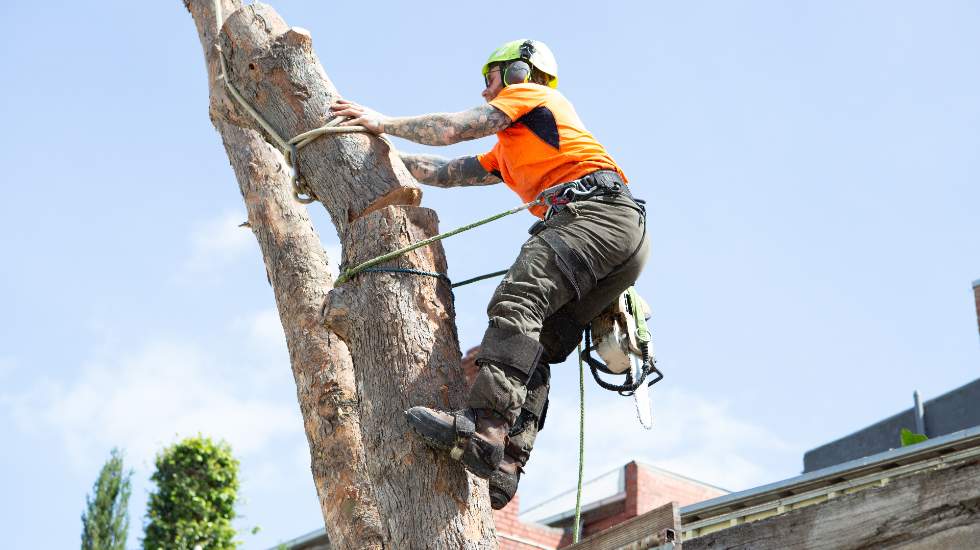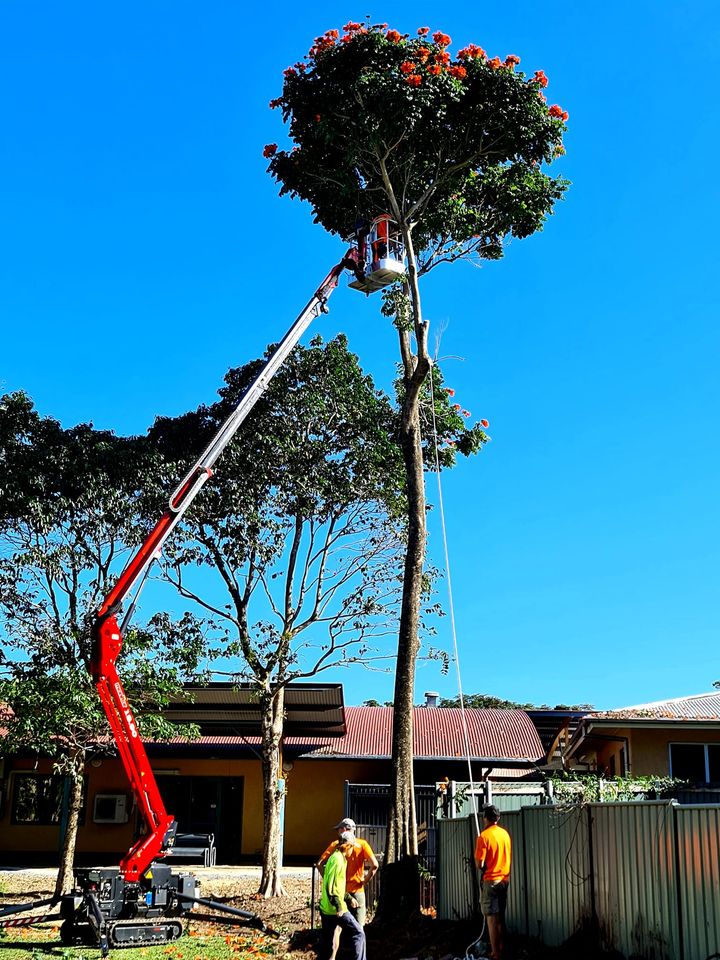The Environmental Benefits of Trees in Urban Areas
Urban areas are often characterized by concrete jungles, towering structures, and bustling streets. Amidst the hustle and bustle, it’s easy to overlook the silent, green guardians that stand tall – trees. These unsung heroes play a crucial role in enhancing the urban environment by providing a myriad of environmental benefits. From improving air quality to mitigating the urban heat island effect, trees are indispensable for creating healthier and more sustainable cities.

Air Quality Improvement
One of the primary environmental benefits of trees in urban areas is their role in improving air quality. Trees act as natural air filters, absorbing pollutants such as carbon dioxide, sulfur dioxide, and particulate matter. Through the process of photosynthesis, trees convert carbon dioxide into oxygen, releasing fresh air into the atmosphere. Moreover, the leaves and bark of trees capture airborne particles, making the air cleaner and healthier for urban residents.
Carbon Sequestration
Trees play a pivotal role in the global carbon cycle by sequestering carbon dioxide, a major greenhouse gas responsible for climate change. The process of photosynthesis enables trees to absorb carbon dioxide from the air and store carbon in their biomass. By acting as carbon sinks, urban trees contribute to mitigating climate change and fostering a more sustainable urban environment.
Temperature Regulation
Urban areas often experience higher temperatures than their rural counterparts due to the heat-absorbing properties of concrete and asphalt. This phenomenon, known as the urban heat island effect, can lead to increased energy consumption and discomfort for residents. Trees counteract this effect by providing shade and releasing water vapor through a process called transpiration, which cools the surrounding air. Strategically planting and maintaining trees in urban areas can help regulate temperatures, creating more comfortable and energy-efficient living spaces.
Stormwater Management
Trees play a crucial role in managing stormwater runoff in urban areas. The roots of trees help in soil absorption, reducing surface runoff and preventing soil erosion. This natural stormwater management system contributes to the overall health of watersheds and minimizes the risk of flooding in urban landscapes. By acting as a buffer against heavy rainfall, trees protect urban infrastructure and improve water quality.
Biodiversity Support
Urban areas may seem inhospitable to wildlife, but trees provide essential habitats for birds, insects, and other urban wildlife. The diverse canopy structure and foliage of trees offer nesting sites, food sources, and shelter for various species. Biodiversity in urban areas is crucial for maintaining ecological balance and supporting pollination, which is essential for the reproduction of many plant species.
Improved Mental Health and Well-being
The presence of trees in urban areas has been linked to improved mental health and well-being for residents. Access to green spaces, parks, and tree-lined streets has been associated with reduced stress, anxiety, and depression. Trees contribute to creating a more aesthetically pleasing and calming urban environment, providing residents with spaces for relaxation and recreation.
Noise Reduction
The cacophony of urban life, including traffic noise and other urban activities, can have detrimental effects on the well-being of residents. Trees act as natural sound barriers, absorbing and deflecting sound, thereby reducing noise levels in urban environments. Green spaces with mature trees can create pockets of tranquility amidst the urban chaos, contributing to a more peaceful living environment.
In the relentless pace of urbanization, recognizing the environmental benefits of trees becomes imperative for building sustainable and resilient cities. From purifying the air we breathe to providing essential ecosystem services, trees are the silent custodians of our urban landscapes. As urban planners and residents alike embrace the importance of urban forestry, we move closer to creating cities that are not only concrete jungles but also vibrant, green oases that prioritize the well-being of both the environment and the people who call these urban spaces home.


